Laminate flooring is a popular choice for homeowners due to its durability, affordability, and ease of installation. However, one common issue that arises with laminate flooring is the lifting of its edges. This can be caused by a variety of factors, including improper installation, moisture damage, or an uneven subfloor.
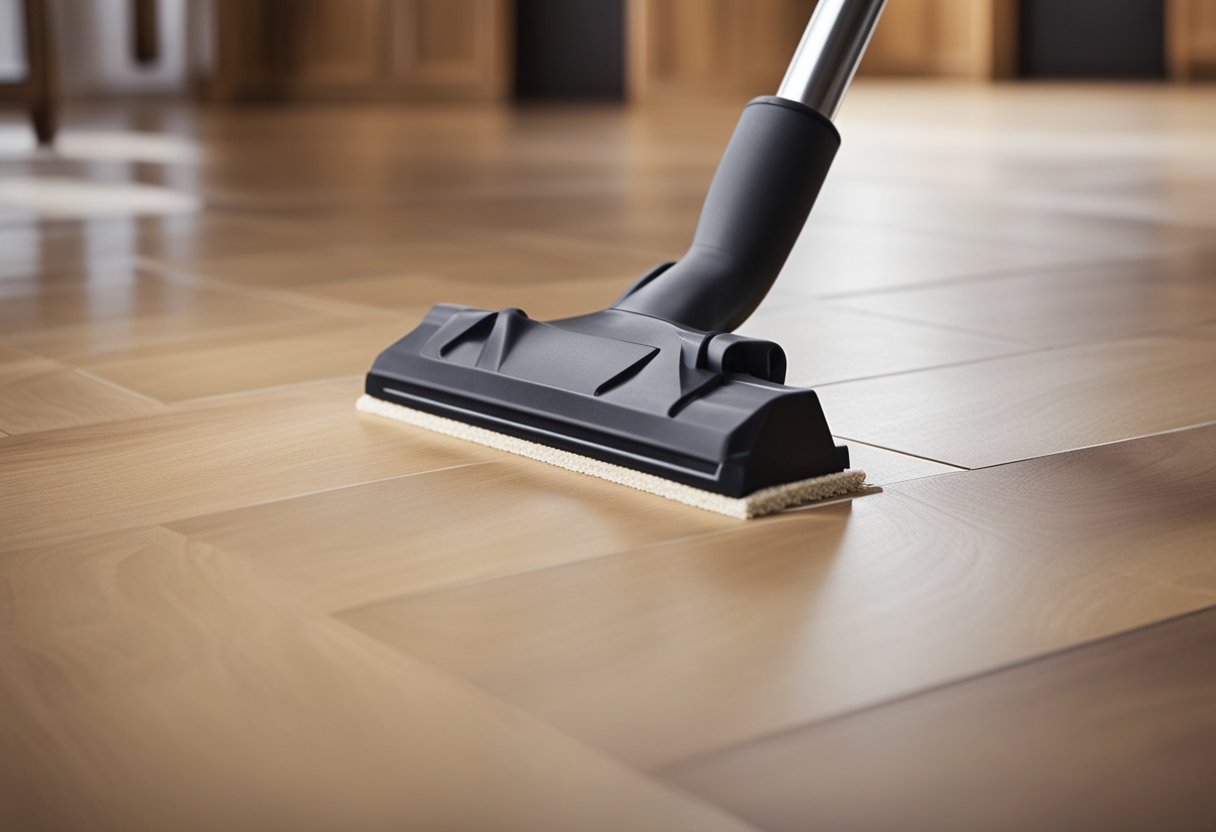
Understanding why laminate flooring edges lift is the first step in fixing the issue. Once the root cause is identified, homeowners can take the necessary steps to repair the lifting edges and prevent future damage. In this article, we will explore the causes of lifting edges in laminate flooring and provide tips on how to fix and prevent this issue.
Key Takeaways
- Lifting edges of laminate flooring can be caused by a variety of factors, including improper installation, moisture damage, or an uneven subfloor.
- To fix lifting edges, homeowners can try using a laminate repair kit, replacing damaged planks, or reinstalling the flooring entirely.
- To prevent future lifting, homeowners should take steps to maintain proper humidity levels, avoid excessive moisture, and ensure proper installation and subfloor preparation.
Understanding Why Laminate Flooring Edges Lift
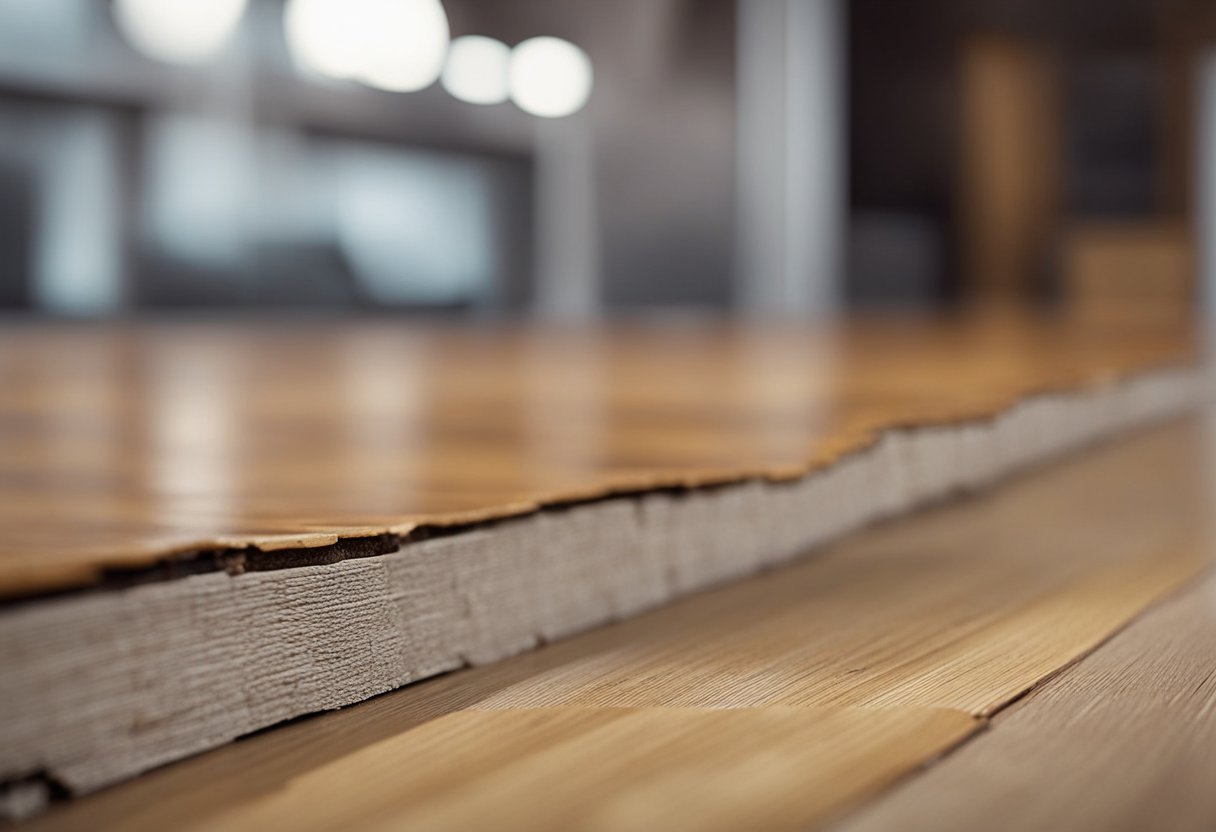
Laminate flooring is a popular choice for homeowners because of its durability, affordability, and easy installation process. However, one of the most common problems with laminate flooring is the edges lifting. Understanding why laminate flooring edges lift is essential to prevent this problem from happening.
Excess Moisture and Water Damage
One of the most common reasons for laminate flooring edges to lift is excess moisture and water damage. Laminate flooring is made up of wood particles and resins, which can absorb moisture and cause the flooring to expand and buckle. This can lead to the edges of the laminate flooring to lift.
To prevent this problem, it is important to keep the laminate flooring dry and avoid using excessive water when cleaning it. If there is water damage, it is important to address it immediately to prevent further damage.
Improper Installation Techniques
Another reason why laminate flooring edges lift is improper installation techniques. If the laminate flooring is not installed correctly, the edges may not be properly secured, causing them to lift over time.
To avoid this problem, it is important to follow the manufacturer’s installation instructions carefully and use the proper tools and materials. It is also important to ensure that the subfloor is level and free of any debris before installing the laminate flooring.
Uneven Subfloors
An uneven subfloor is another common reason why laminate flooring edges lift. If the subfloor is not level, the laminate flooring may not lay flat, causing the edges to lift over time.
To prevent this problem, it is important to ensure that the subfloor is level and free of any debris before installing the laminate flooring. If the subfloor is uneven, it may need to be leveled before the laminate flooring is installed.
Insufficient Expansion Gaps
Laminate flooring needs room to expand and contract with changes in temperature and humidity. If there are insufficient expansion gaps between the laminate flooring and the walls, the flooring may buckle and the edges may lift.
To prevent this problem, it is important to leave the proper expansion gaps when installing the laminate flooring. The manufacturer’s instructions will provide guidance on the appropriate size of the expansion gap.
Wear and Tear Over Time
Finally, wear and tear over time can also cause laminate flooring edges to lift. Heavy foot traffic, furniture, and other objects can cause the laminate flooring to shift and buckle, causing the edges to lift.
To prevent this problem, it is important to avoid dragging heavy objects across the laminate flooring and use furniture pads to protect the flooring from scratches and dents. Regular maintenance and cleaning can also help prevent wear and tear over time.
By understanding the common reasons why laminate flooring edges lift, homeowners can take steps to prevent this problem from happening. Whether it is excess moisture and water damage, improper installation techniques, uneven subfloors, insufficient expansion gaps, or wear and tear over time, there are steps that can be taken to keep laminate flooring looking its best.
How to Fix Lifting Edges of Laminate Flooring
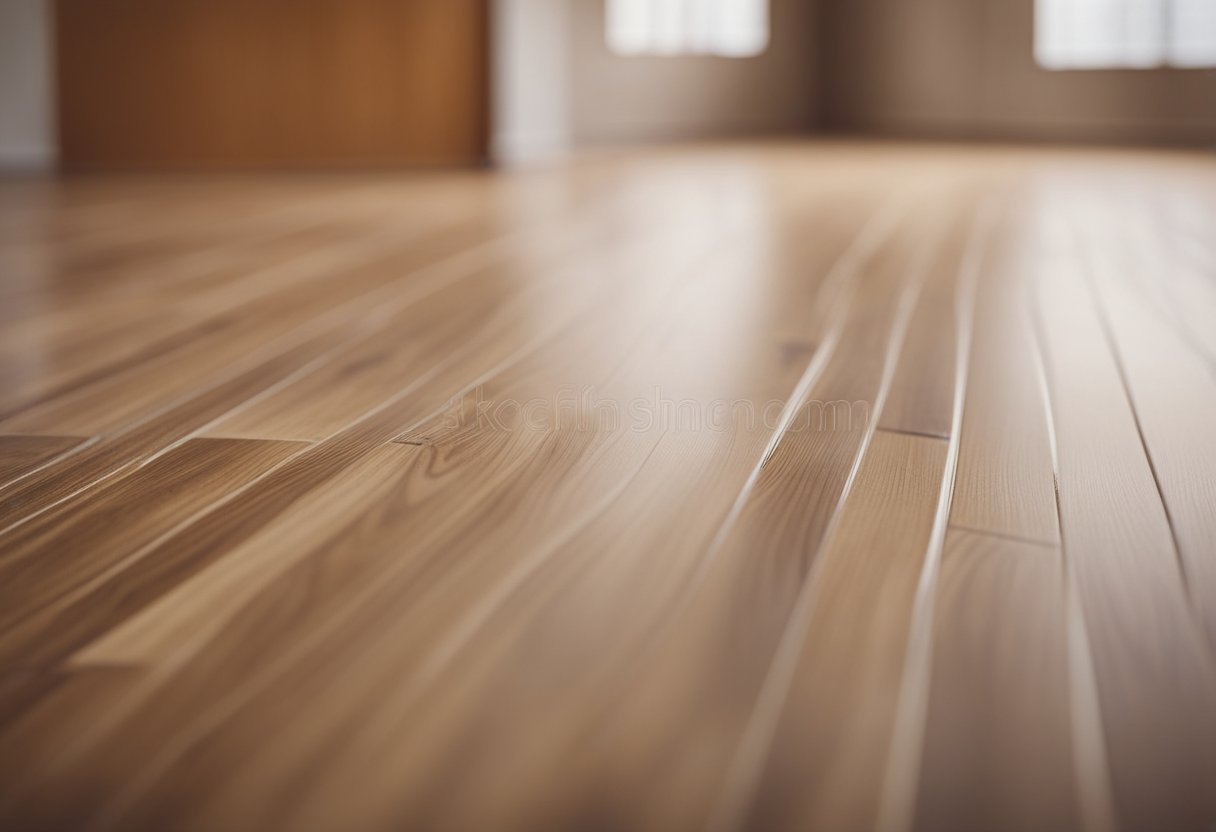
Laminate flooring is a popular choice for homeowners due to its durability, affordability, and ease of installation. However, one common issue with laminate flooring is that the edges may start to lift over time, which can be unsightly and potentially dangerous. Here are some ways to fix lifting edges of laminate flooring.
Addressing Uneven Subfloors
One common cause of lifting edges in laminate flooring is an uneven subfloor. If the subfloor is not level, it can cause the laminate planks to shift and lift. To fix this issue, the subfloor should be leveled before reinstalling the laminate flooring. This can be done by lifting up the lifted sections of the flooring, inspecting the subfloor for any uneven or depressed areas, and leveling those areas using a floor leveling compound.
Correcting Moisture Issues
Another common cause of lifting edges in laminate flooring is moisture. If the concrete slab or subflooring has an underlying moisture issue, it can cause the laminate planks to expand and lift. To fix this issue, the subfloor should be checked for moisture levels before, during, and after installation. The subfloor should not be more than 1-2% damp underneath. Use a floor underlayment to protect the laminate flooring from moisture.
Repairing or Replacing Damaged Planks
If the lifting edges are caused by damaged or warped planks, they will need to be repaired or replaced. To repair a damaged plank, use a laminate floor repair kit to fill in any cracks or chips. If the plank is warped, it will need to be replaced. To replace a damaged plank, remove the baseboard and trim, then use a circular saw to cut the plank along the lengthwise edge. Remove the damaged plank and replace it with a new one.
Professional Assessment and Repair
If the lifting edges are caused by a more serious issue, such as a structural problem or faulty installation, it may be necessary to seek professional assessment and repair. A professional can assess the cause of the lifting edges and recommend the best course of action to fix the issue.
By following these tips, homeowners can fix lifting edges of laminate flooring and restore the beauty and safety of their flooring.
How to Avoid Future Lifting of Laminate Floor Edges
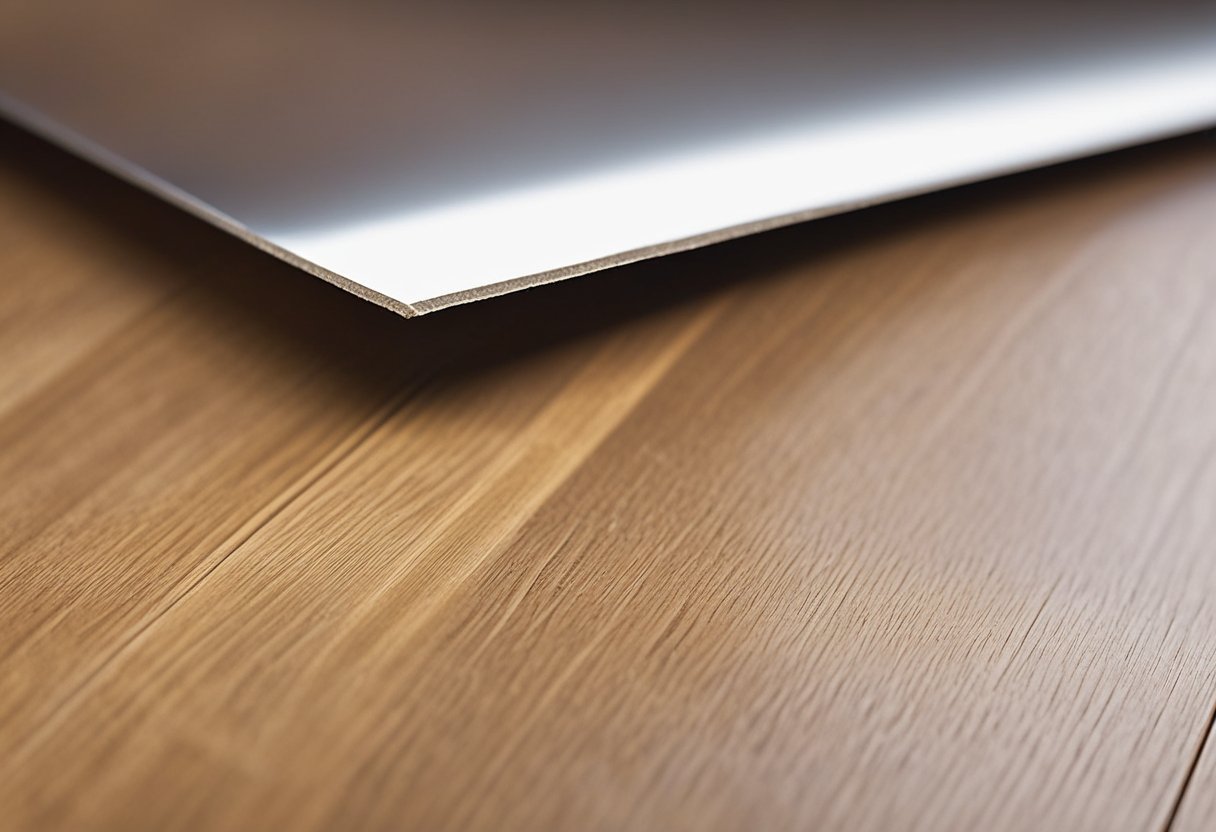
Laminate flooring is a popular choice for many homeowners due to its durability and affordability. However, one of the most common problems with laminate flooring is lifting edges. This can be caused by a variety of factors, including improper installation, lack of maintenance, and choosing the wrong type of flooring. Here are some tips on how to avoid future lifting of laminate floor edges.
Proper Installation Practices
Proper installation is key to avoiding lifting edges of laminate flooring. It is important to ensure that the subfloor is clean, dry, and level before installing the flooring. Any unevenness in the subfloor can cause the laminate flooring to buckle or lift over time. Additionally, it is important to use the correct underlayment and to leave a small gap around the edges of the room to allow for expansion and contraction of the flooring.
Regular Maintenance and Care
Regular maintenance and care can also help to prevent lifting edges of laminate flooring. It is important to clean up any spills or moisture immediately to prevent damage to the flooring. Additionally, it is important to avoid using harsh chemicals or abrasive cleaners that can damage the surface of the flooring. Regular sweeping and vacuuming can also help to prevent dirt and debris from accumulating on the surface of the flooring.
Choosing the Right Laminate Flooring
Choosing the right type of laminate flooring can also help to prevent lifting edges. It is important to choose a flooring that is appropriate for the level of foot traffic in the room. Additionally, it is important to choose a flooring that is moisture-resistant, especially in areas such as kitchens and bathrooms. Finally, it is important to choose a flooring that is of high quality and that is installed by a professional to ensure that it will last for many years without any issues.
By following these tips, homeowners can avoid future lifting of laminate floor edges and ensure that their flooring remains in good condition for many years to come.
When to Consider Replacement Over Repair
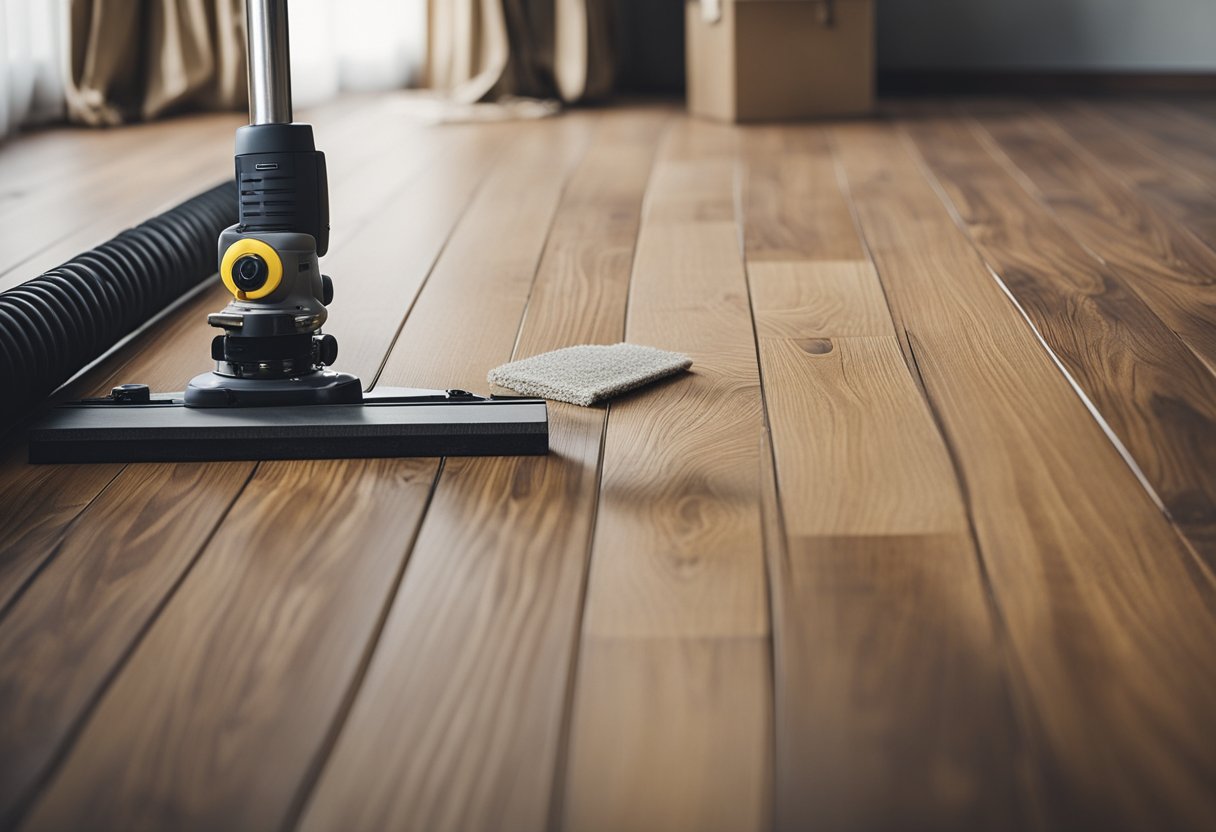
If the damage to the laminate flooring is extensive, repair may not be the best option. In some cases, replacement may be necessary. Here are some factors to consider when deciding whether to repair or replace lifting edges of laminate flooring.
Assessing the Extent of Damage
The first step in determining whether to repair or replace laminate flooring is to assess the extent of the damage. If the damage is limited to a small area, repair may be a viable option. However, if the damage is widespread or affects a large portion of the flooring, replacement may be necessary.
Cost-Benefit Analysis of Repair vs. Replacement
Another factor to consider is the cost-benefit analysis of repair versus replacement. Repairing laminate flooring can be less expensive than replacing it, but it may not be the most cost-effective option in the long run. If the damage is likely to recur or if the flooring is nearing the end of its lifespan, replacement may be a better investment.
Latest Trends in Laminate Flooring
Finally, it may be worth considering the latest trends in laminate flooring when deciding whether to repair or replace. If the current flooring is outdated or no longer matches the aesthetic of the room, replacement may be a good opportunity to update the look and feel of the space.
In conclusion, when deciding whether to repair or replace lifting edges of laminate flooring, it is important to assess the extent of the damage, consider the cost-benefit analysis, and take into account the latest trends in laminate flooring. By taking these factors into consideration, homeowners can make an informed decision that best suits their needs and budget.
Conclusion
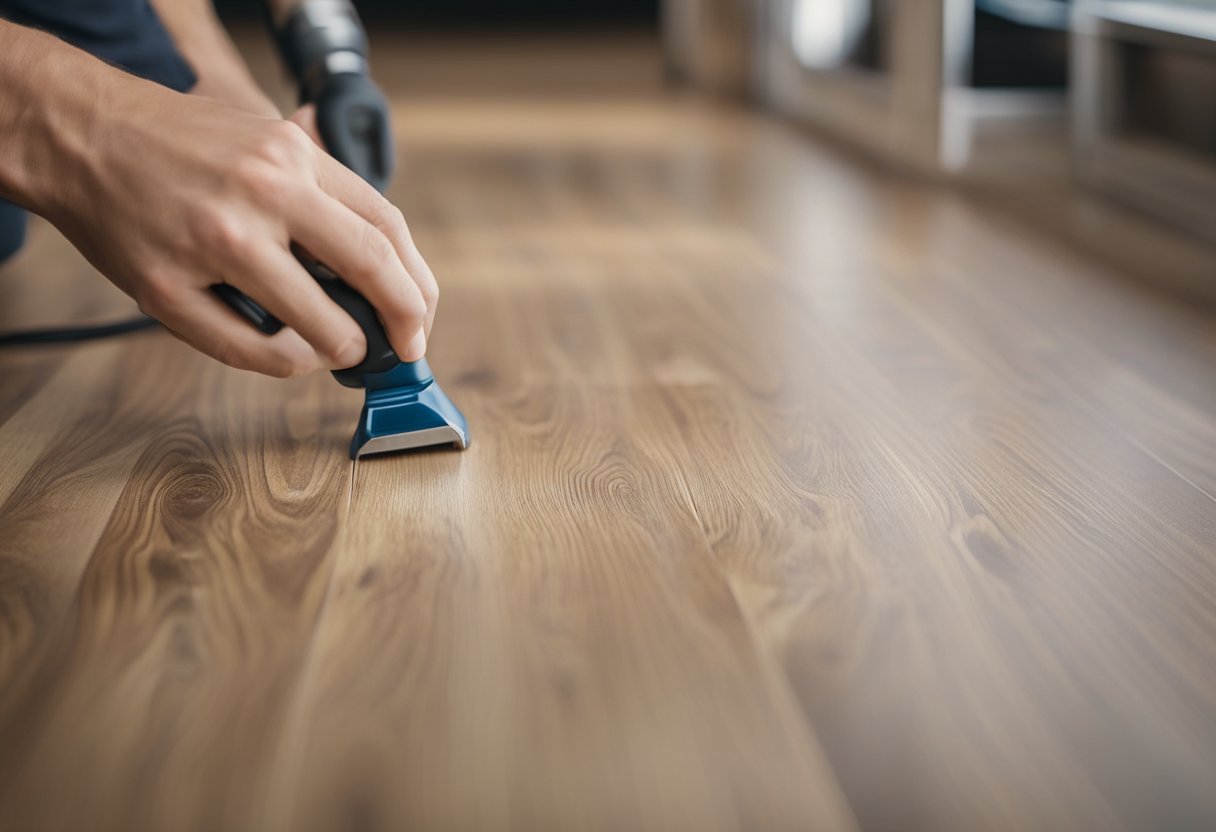
In conclusion, fixing lifting edges of laminate flooring can be a simple process if done correctly. The first step is to identify the cause of the lifting and address it. It could be due to an uneven subfloor, improper installation, moisture, or climate change. Once the cause is identified, the necessary steps can be taken to fix the issue.
One solution to fixing lifting edges of laminate flooring is to use adhesive options such as double-sided carpet tape or glue. These options can effectively secure the lifted laminate flooring back in place and provide a strong bond that can withstand daily foot traffic.
Another solution is to replace the damaged planks or boards. This may be necessary if the lifting is severe or if the flooring has been damaged beyond repair. It is important to ensure that the replacement planks or boards match the existing flooring in terms of color, texture, and thickness.
It is also important to take preventative measures to avoid lifting edges of laminate flooring in the future. This includes ensuring that the subfloor is level and free of any debris, using the correct type of underlayment, and following the manufacturer’s installation guidelines.
By following these simple steps, one can effectively fix lifting edges of laminate flooring and prevent future issues.
Frequently Asked Questions
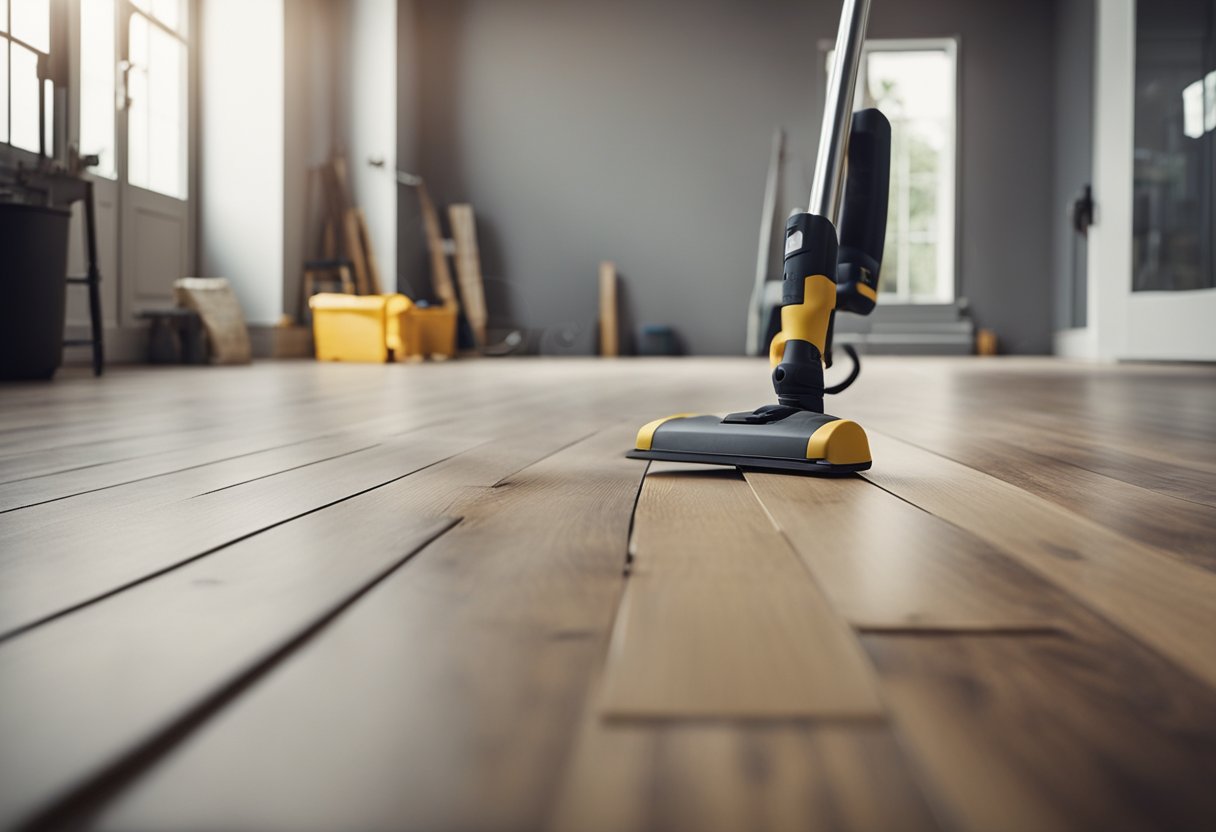
What causes the edges of laminate flooring to lift?
Laminate flooring can begin to lift at the edges for several reasons, including uneven subfloor, improper installation, and water damage. Uneven subfloor or an uneven installation can cause gaps between the laminate planks, leading to lifting at the edges. Water damage can also cause the planks to warp, which can lead to lifting at the edges.
How can I repair laminate flooring that is lifting at the seams?
If the laminate flooring is lifting at the seams, it is usually a result of an uneven subfloor or an improper installation. The first step is to identify the cause of the problem. Once you have identified the cause, you can fix the problem by leveling the subfloor or reinstalling the planks.
What are the steps to fix peeling laminate flooring?
Peeling laminate flooring can be fixed by re-gluing the edges of the laminate planks. First, clean the area and remove any debris or dirt. Then, apply a small amount of wood glue to the edges of the planks and press them back together. Use a heavy object to hold the planks in place until the glue dries.
Can swollen laminate flooring be repaired without replacement?
If the laminate flooring has swollen due to water damage, it may not be repairable and may need to be replaced. However, if the swelling is minimal, you can try to fix the problem by removing the affected planks and allowing them to dry completely. Once dry, you can reinstall the planks.
Is it possible to fix laminate flooring that has lifted due to water damage?
Laminate flooring that has lifted due to water damage can be fixed by removing the affected planks and allowing them to dry completely. Once dry, you can reinstall the planks. However, if the water damage is severe, the laminate flooring may need to be replaced.
Why is my vinyl flooring lifting at the edges and how can I fix it?
Vinyl flooring can lift at the edges due to an uneven subfloor, improper installation, or water damage. To fix the problem, you need to identify the cause of the lifting and fix it accordingly. If the problem is due to an uneven subfloor, you need to level the subfloor. If the problem is due to water damage, you need to remove the affected planks and allow them to dry completely before reinstalling them.